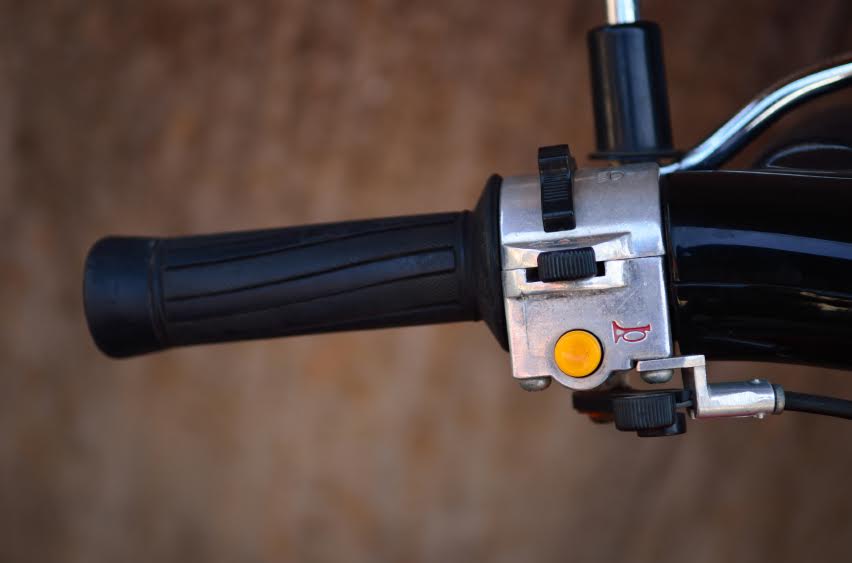Could Electric Motorcycles Be the Next Big Thing in Auto Technology? Learn All About Zero!

Anyone who follows auto news knows that there’s a huge buzz around electric vehicles (EVs) as powerful new developments in battery technology are helping these cars go faster and travel longer than ever before.
Recently, there’s been even more talk—especially about Zero Motorcycles.
Zero Motorcycles produces electric bikes that can travel an average of 200km between charges. Additionally, Zero’s motorcycles can be driven a whopping total of almost 500,000km before the battery’s range decreases to 80 per cent.
If you’re planning on enrolling in an auto technology program, read on for some facts about the history of EV auto technology, and to find out more about Zero Motorcycles.
The Evolution of Electric Auto Technology
Automotive students might be surprised to learn that battery-powered auto technology has actually been around since the mid-19th century—well before the gas-combustion engine was even invented. Back then, the technology was not as advanced as it is today, making electric vehicles very slow and expensive. It’s no surprise that this led to their decline as a popular mode of transportation.
Today, high fuel prices and a growing concern for the environment have added new incentives for automakers to develop electric vehicles that are not only stylish and safe, but also have the power to reach competitive speeds and travel farther on a single charge.
Professionals with automotive technology training know that the biggest obstacle in EV evolution has been achieving strong and long-lasting battery power. That’s why recent advancements in EV technology have mostly focused on battery capabilities, so that drivers can get the most range possible on a single charge. Whereas older EVs used nickel-metal hybrid batteries, the majority of today’s EVs are powered by rechargeable lithium-ion batteries—which are lighter and offer better energy density.

Electric Motorcycles: A Brief History for Auto Technology Students
The first electric two-wheel vehicles were electric bicycles, which started to surface around the same time as electric cars. Street-legal electric motorcycles and scooters started appearing in the 1970’s but very few models were built.
By the early 2000’s, though, electric motorcycles had become popular in drag and endurance races. High-powered electric motorcycles and scooters started becoming commercially available around 2006, and could be recharged simply by plugging them into ordinary wall outlets.
Today, manufacturers like Zero Motorcycles have taken electric motorcycle design one step further by creating bikes that allow for battery-swapping. This new breakthrough is convenient for owners who live in apartments and don’t have a garage outlet, or those who might want an instant recharge on-the-go.
Zero’s Flagship Models Take the Stress out of Distance Travel
With a 200km range at full-charge, Zero Motorcycles’ batteries are something that will definitely take away the stress of owners having to look for a power outlet halfway to work.
The company’s flagship models DSR and FXS have a simple design. Both models are lightweight and come with different add-ons that can make their 9-hour full-charge time faster. Since the bikes are powered by the efficient Z-Force batteries, there’s no need for a transmission or a clutch, which is something that motorcyclists might take a while to get used to, since they’ll never have to shift.
Electric motorcycles also don’t require an exhaust system, which will make for very simple diagnostics and repairs if ever you come across one in your auto career. They also make no noise, which is something that might not convert any Harley Davidson riders over to EVs any time soon.
Take a look at Zero’s sleek 2016 FXS model here and decide whether you think these electric motorcycles are the future of auto technology:
Looking for an automotive technology program in Ontario?
Visit ATC for more details, or to speak with an experienced advisor!

